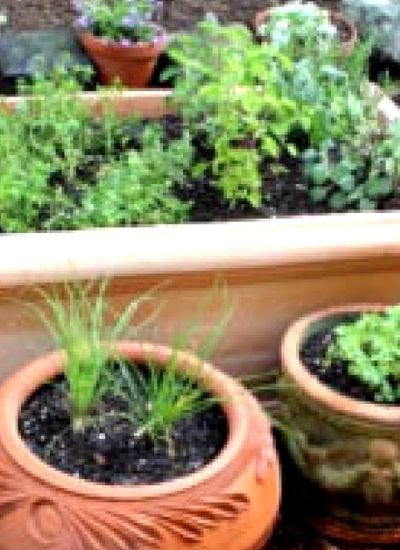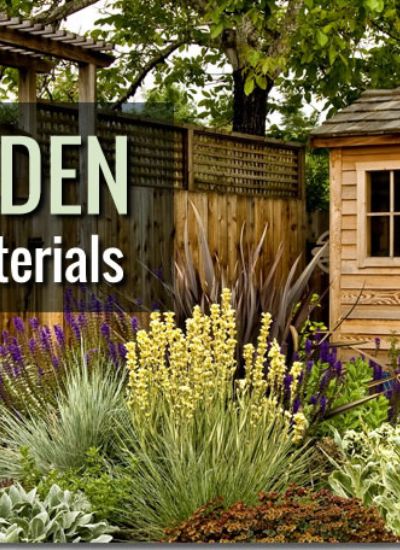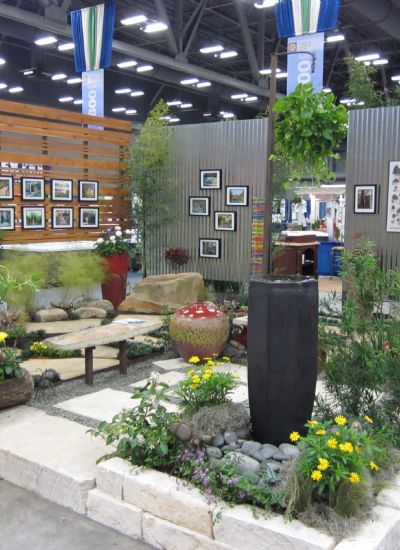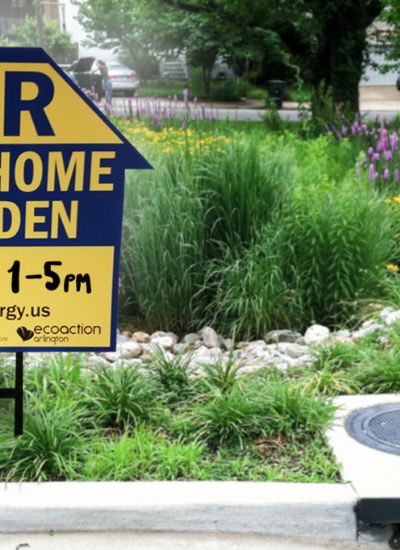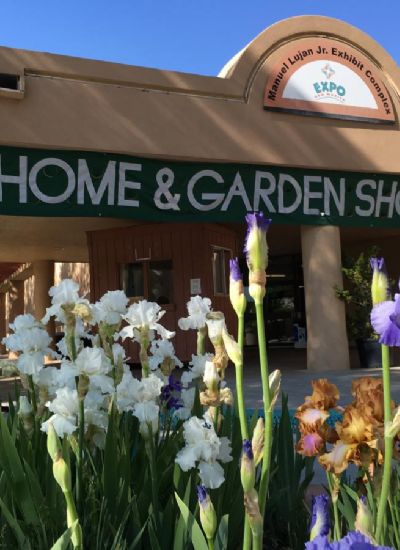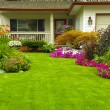Repairing a Rubber Roof With Bad Wood in Spots
- On a recreational vehicle, the rubber roof is glued to a substrate of plywood or lauan using a rubber-based adhesive. Rubber seams around vents and other roof-based structures are sealed with a self-leveling lap sealant specifically designed to bond with EPDM. Small repairs may be effectively made by cutting out damaged sections, replacing rotted wood and gluing down an EPDM repair patch. Most RV supply stores carry the repair kits, adhesive and lap sealant you will need.
- Repairing large sections of commercial rubber roofing can be a costly endeavor depending upon what products and methods are used. Traditional rubber roofing repair techniques include cutting out rubber-coated sections of the roof where the wooden substrate had been compromised and replacing the bad wood. Liquid EPDM, a solid EPDM membrane and adhesive, or butyl tape with a primer are then applied as necessary. Repairs are weather-dependent as the materials require warm, sunny weather to set and dry properly.
- In the last 20 years, products have been developed to make rubber roof repair simpler and more cost-effective. After the compromised wooden sections have been cut out and replaced with new wood, it is now possible to apply a liquid EPDM coating that is immediately waterproof even under a light rain. The liquid EPDM can withstand extremes of temperature ranging from minus 60 to plus 300 degrees Fahrenheit. New tapes made from a combination of resins and rubbers and infused with a primer are now replacing the old butyl products.
- The ultraviolet rays of the sun and ozone in the air tend to cause deterioration of rubber over time. New roofing products are infused with UV and ozone resistant materials in an environmentally friendly, water borne base. The result is an emulsion that is durable, reliable and long lasting. Look for the new products at your local hardware or home improvement store or discuss their use with the roofer you have hired if you do not intend to do your own roof repair.

